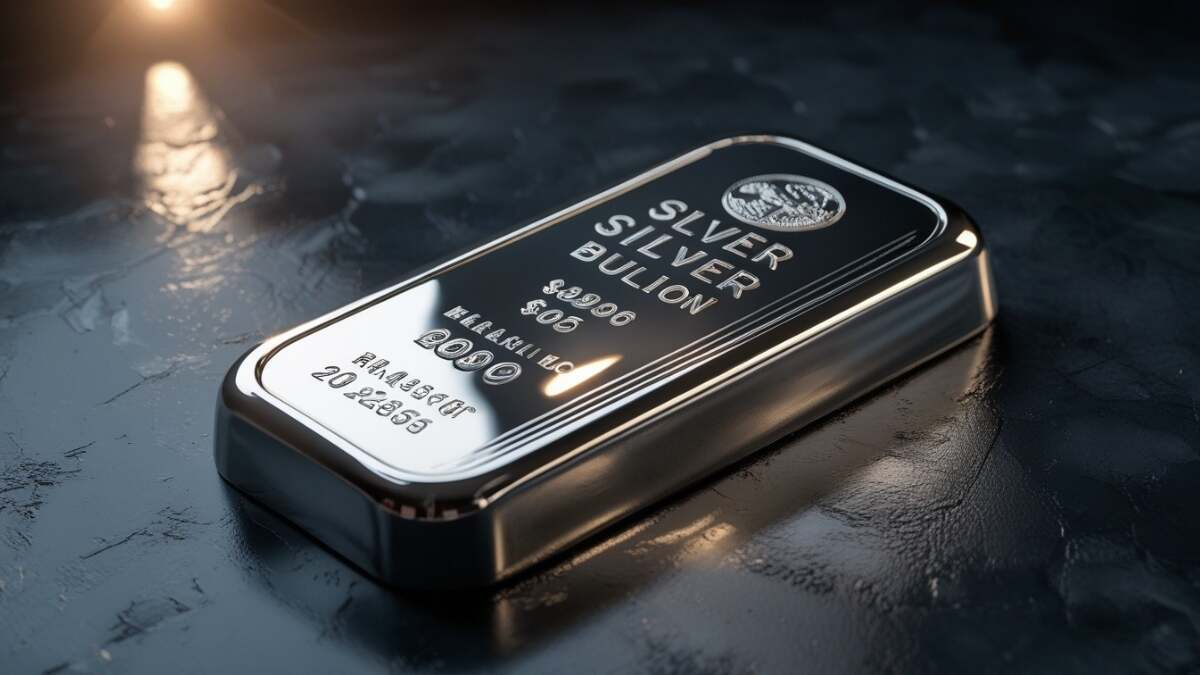Since long-term supply contracts are due for renewal, companies in the semiconductor, renewable energy, and electric vehicle (EV) sectors told FE that the next four to six months would be crucial.
Numerous businesses rely on silver as a raw material, therefore the soaring costs of the white metal might jeopardize their future supply agreements. Since long-term supply contracts are due for renewal, companies in the semiconductor, renewable energy, and electric vehicle (EV) sectors told FE that the next four to six months would be crucial.
The jewelry industry uses just around 30% of silver, despite its decorative and financial potential, according to commodities specialists. EV batteries, solar panels, semiconductors, medical devices, printed circuit boards, printed circuit boards, contacts, and chips are just a few of the electronic components that utilize a significant 60% of the total. This is because of its antimicrobial qualities, reflectivity, and electrical and thermal conductivity.
Green demand and a scarcity of supply are driving the silver boom
A persistent supply shortage and the shift to clean energy have fueled the current rally, which has seen silver’s spot price soar to about Rs 1.89 lakh per kg in Delhi, Mumbai, and Kolkata and Rs 2 lakh/kg in Chennai, ahead of its futures price of Rs 1.64 lakh/kg, according to merchants. Right now, the price of silver on the MCX spot is Rs 1.71 lakh/kg.
“The transition of businesses to green mobility, 5G technology, and green energy is driving industrial consumption,” said Renisha Chainani, director of research at Augmont, a platform that offers gold and silver.
Since the majority of its components were obtained on a set four- to six-week timeline, a leading EV producer told FE that there would be no immediate effect on production.
In order to reduce short-term risks, suppliers have also assured us of sufficient stock levels and varied supply chains. We may have some problems, but not before the end of December, he said, if silver prices keep rising or if shortages last longer.
Other manufacturers argue that because parts like EV batteries are pre-fitted from Chinese vendors, there is no need for silver locally. However, several producers warn that if the white metal stays unstable, it can affect manufacturing costs and force EV manufacturers to change pricing later.
The CEO and co-founder of Agnit Semiconductors, Hareesh Chandrasekar, said that once contracts hedging downstream silver items used as inputs by the industry expire, the price of these products, which include silver epoxies and other compounds, may increase. He went on to say, “This may indicate that suppliers of semiconductor materials may pass on the cost rise to players.”
The price of semiconductors may rise due to rising silver costs

According to Ishank Kataria, partner at EY Parthenon, if silver prices stay high, semiconductor costs might rise by 1.5% to 2%. He said that if the silver rally continues for a long time, mobile and printed circuit board assemblers may pass on input costs to original equipment manufacturers (OEMs), even though they typically store inventory for six to twenty weeks.
Eswara Rao Nandan, CEO of Polymatech Electronics, said, “We and a number of worldwide associations have decided to pass on the cost burden to consumers.”
According to certain semiconductor companies, in order to prevent manufacturing hurdles in the future, they may reduce the amount of silver per watt by moving to copper plating. However, EV manufacturers claim that certification and validation may be necessary when moving to other metals (such copper or zinc).

